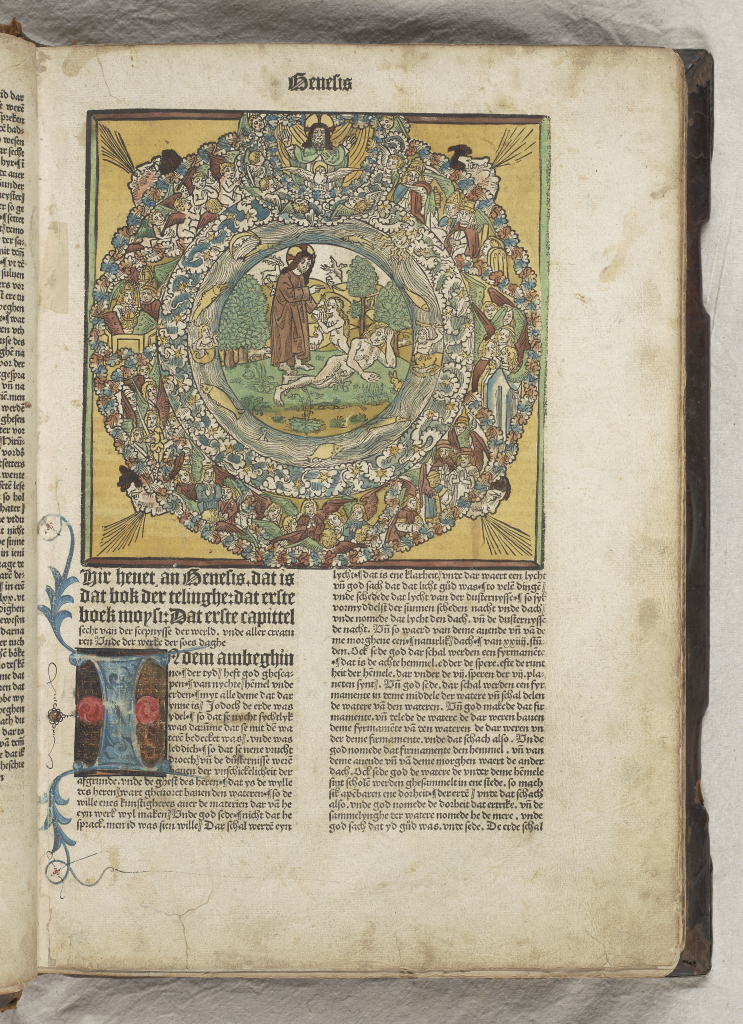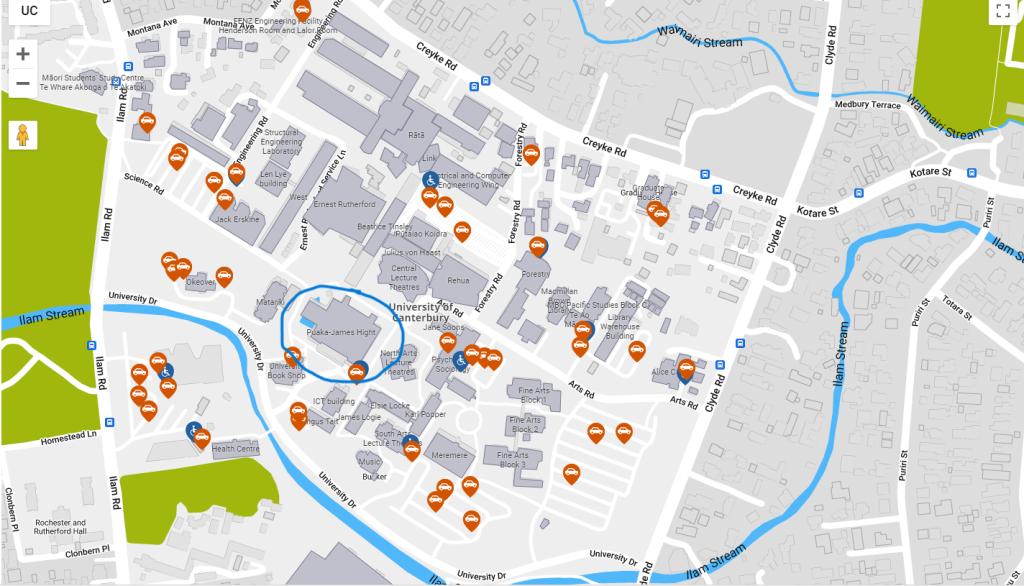Many of you will be concerned about your friends and colleagues following the earthquake on 4 September 2010. Here is a summary of the messages Cantage has received since the quake. The varying degrees of damage are astounding, from relatively little damage to buildings being completely demolished. If you would like your organisation to be included here or have an update, please email cantagegroup@gmail.com.
Kaiapoi Museum – the building has been demolished. The collection was packed into two containers. Staff from Don Woods plus a few Kaiapoi members are to safely repack material from the two containers, and Don woods will then transport the articles to their safe storage in Christchurch to await further instructions from the council or their insurers. They have already done this with the council archives which were stored in the Kaiapoi library building.
Cust Museum – some internal cracks to the walls but otherwise is OK. Only one plate was broken thanks to the quake wax that we had under most things and all our display cabinets being well secured to walls.
Methodist Archives – a few shelves of books on the floor and a couple of boxes down, but otherwise all seems intact.
Radio New Zealand Sound Archives – some things fell over in the office and studio areas: a few computer monitors and PCs, but no damage reported there. Our mass storage system is good and offsite backups are up to date with confirmed restore tests. The archive was not too bad, actually, we are very lucky. We had quite a few objects fall off the shelves upstairs. Fortunately pretty much everything stayed in their boxes. Thus far: we have 1 broken DAT (already preserved), 1 broken vintage horn speaker and one microphone with a ding in the grill.
Christchurch Art Gallery – the collections were not really affected at all. Neither the art collection, nor the library and archives, suffered any damage at all.
Macmillan Brown Library/ University of Canterbury Library – survived remarkably well. Many thousands of books on the floor but our earthquake protection measures (and a good solid building!) proved their worth and the glass-plates, documentary archives and architectural drawings are all ok! UC’s Central Library has been the most severely hit, and is likely to be closed for the duration of term 4.
Air Force Museum of New Zealand – Research collections had virtually no issues, a bit of deformed shelving and 2 books fell off the shelf. Our object stores fared slightly worse but much of what collapsed held unaccessioned aircraft spares. The Museum is open and we are also accepting researchers.
Oxford Museum – no damage, just a couple of pictures off the wall
Christ’s College and Diocesan Archives – hardly had any movement in the Christ College Archives but a great deal of mess but all salvageable at the Diocese Archives.
Aotearoa New Zealand Centre, Christchurch City Libraries – the Research Room is off limits to the public as the shelving holding the very heavy A-Js has pulled away from the wall and needs to be refixed. We can still retrieve material from the archives collection for use and are looking at the situation for the Research Room stock. Our shelving out at the Smith Street store has buckled and driven sideways, but apparently it looks worse than it is, and the bound newspapers etc are ok for the most part. The ANZC area was the messiest part of the Central Library with books coming off the top shelves, but the shelving stayed upright.
Sumner Museum – everything is fine. But there is a CCC Keep out notice. Some of the outside walls will need to be attended to before we can open to the public.
Archives New Zealand, Christchurch – back in the office but are still unable to access our stack area due to the damage our shelves have suffered, but the archives themselves are fine.







